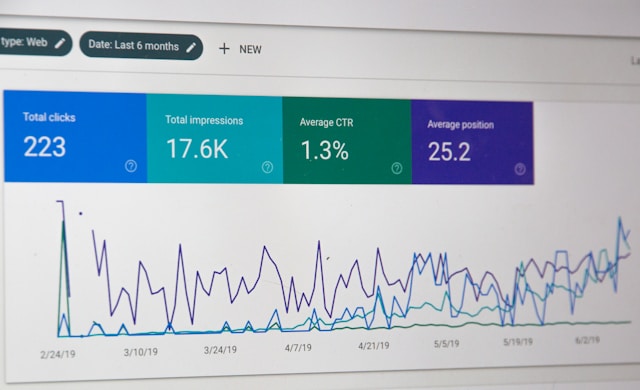If you’re a private surgeon wondering why your website isn’t converting - you’re not alone.
You’ve invested in a clean, professional site. It loads. It looks fine. But your diary isn’t any fuller.
Spoiler: design alone doesn’t generate enquiries.
It’s what the site says, how it behaves, and what’s missing that makes all the difference.
This post breaks down the biggest conversion killers on UK-based surgeon websites and what you can fix yourself and what you might need help with.
Why your surgeon website needs to do more than “look professional”
Your patients aren’t comparing you to other surgeons.
They’re comparing your site to… Airbnb. Shopify. Netflix. Websites that work.
When someone’s anxious about their knee, hernia, or rotator cuff, they don’t just want pretty. They want answers, clarity, and confidence.
If your website doesn’t feel fast, helpful, and trustworthy — they’ll click the next name in Google.
Here’s where most surgeon sites fall short:
Conversion Killer 1: It loads too slowly
What’s going wrong:
Patients click the link, wait a few seconds… then bounce. Especially on mobile.
Why it matters:
Every second of delay = less trust. Less trust = fewer enquiries.
Google also penalises slow sites - so you’ll rank lower and convert worse.
Fix it:
- Compress images (especially before/after galleries)
- Use a reliable host and enable caching
- Cut plugins and scripts you don’t need
Conversion Killer 2: No clear call-to-action
What’s going wrong:
Your homepage looks sleek but doesn’t tell people what to do next.
Why it matters:
If your site doesn’t say “Book a consultation” clearly and repeatedly, patients will get distracted — or assume you’re not taking bookings.
Fix it:
- Use one main CTA and stick to it
- Add a sticky “Book Now” or “Speak to my PA” button
- Include CTAs throughout, not just at the bottom
Conversion Killer 3: It’s not built for mobile
What’s going wrong:
Over 70% of your visitors are on their phones — and your site wasn’t designed for it.
Why it matters:
If they can’t tap the menu or read your text clearly, they won’t stick around.
Fix it:
- Use responsive design
- Test it on multiple phones
- Make buttons and text thumb-friendly
Conversion Killer 4: No social proof = no trust
What’s going wrong:
You mention experience, but don’t show results. No reviews. No patient quotes. No stories.
Why it matters:
Patients want to hear from people like them. They need reassurance.
A star rating or quote from “John, 54” carries more weight than 200 words of marketing speak.
Fix it:
- Add video testimonials if possible
- Include a section of reviews mid-page
- Show before-and-after photos with real detail
Conversion Killer 5: You’re not using video
What’s going wrong:
Your site is static. There’s no welcome, no walkthrough, no face to the name.
Why it matters:
Private patients are often nervous. A short, calm, confident video builds trust quickly.
It also keeps people on your site longer - which helps your SEO.
Fix it:
- Film a short “hello” and clinic intro
- Add explainer videos for common procedures
- Capture 1–2 patient testimonial videos (nothing fancy - just real, perhaps offer a consult discount in exchange for a short video testimonial)
Conversion Killer 6: Your navigation is confusing
What’s going wrong:
Too many dropdowns. Vague labels like “Solutions.” Or too much buried in menus.
Why it matters:
Patients are trying to figure out three things:
- Do you treat their issue?
- Are you trustworthy?
- How do they book?
If the site structure gets in the way, they’ll leave.
Fix it:
- Use simple page names like “Hip Surgery” or “Meet Mr Smith”
- Keep menus short (5 items max)
- Make contact details obvious on every page
Final thoughts: your website should work like a PA, not a brochure.
A good website is like a smart assistant:
It reassures patients. It answers questions. And most importantly - it helps them take the next step confidently.
If you’re serious about growing your private practice, it’s not enough to look professional.
You need to convert.
















